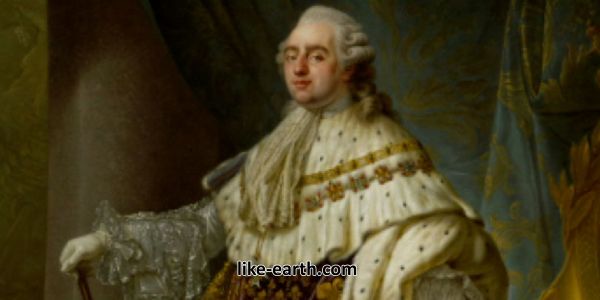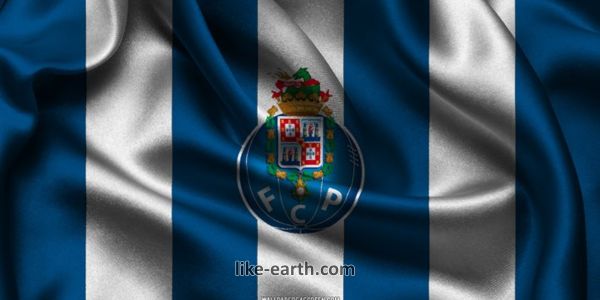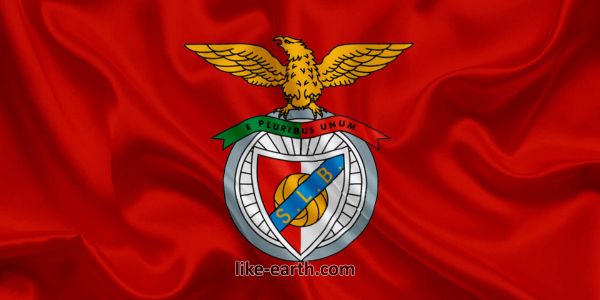Controversial Royal Figures in History

Controversial royal figures in history analysis reveals intriguing insights into monarchy, politics, and public perception. These royal personalities have sparked global debates and left lasting legacies.
Prince Andrew, Duke of York
Prince Andrew, the second son of Queen Elizabeth II, became one of the most controversial modern royals. His association with convicted sex offender Jeffrey Epstein led to intense scrutiny and public outrage.
Despite his royal status, Andrew faced numerous calls to step down from public duties. In 2019, his BBC interview intended to clear his name only fueled criticism. He later withdrew from royal engagements indefinitely.
King Edward VIII
King Edward VIII caused a constitutional crisis in 1936 when he abdicated the throne. His decision to marry American divorcée Wallis Simpson was opposed by the Church of England and British government.
Edward’s abdication stunned the world and reshaped the monarchy. After stepping down, he became the Duke of Windsor and lived in exile. His ties with Nazi Germany also raised further concerns about his political judgment.
Princess Margaret
Princess Margaret, sister to Queen Elizabeth II, was known for her rebellious lifestyle. Her relationship with Group Captain Peter Townsend, a divorced man, caused public controversy in the 1950s.
Though loved for her glamour and wit, Margaret’s lifestyle, including frequent appearances at parties and in the media, often clashed with royal expectations. Her choices challenged traditional norms within the monarchy.
Prince Harry and Meghan Markle
Prince Harry and Meghan Markle’s departure from royal duties in 2020 sparked intense debate. Their public criticism of royal life and media harassment reshaped discussions around mental health and monarchy transparency.
The couple’s interviews and media projects highlighted issues such as racism, family conflict, and institutional neglect. While supported by many for their honesty, they were also criticized for breaking royal protocol.
Queen Marie Antoinette
Marie Antoinette, Queen of France, remains a historical symbol of royal excess. Her lavish lifestyle during a time of poverty and her infamous quote, “Let them eat cake,” stirred public anger.
Although the quote was likely misattributed, her image suffered. She was eventually executed during the French Revolution, becoming one of history’s most tragic and controversial queens.
Princess Diana
Princess Diana, beloved by millions, also experienced controversy. Her separation from Prince Charles and openness about mental health and royal pressures shocked the establishment.
Diana’s interviews, charitable work, and tragic death elevated her status to that of a cultural icon. Yet her strained relationship with the royal family sparked ongoing debates about monarchy reform.
Tsar Nicholas II of Russia
Tsar Nicholas II’s reign ended with the fall of the Romanov dynasty. His leadership during World War I and inability to address civil unrest led to the Russian Revolution.
Though canonized by the Russian Orthodox Church, Nicholas remains a polarizing figure. His decisions contributed to one of the most dramatic shifts in royal history—ending centuries of imperial rule.
Queen Camilla
Camilla, Queen Consort, was once one of Britain’s most criticized royals. Her relationship with Prince Charles, particularly during his marriage to Diana, drew public resentment.
Over time, Camilla has gained respect through her charity work and support for the monarchy. Her journey is a testament to public image transformation and the complexity of royal roles.
Reflection on Royal Controversies
Royal figures often live under intense scrutiny. Their actions, relationships, and decisions reflect broader societal values and tensions. Whether admired or criticized, they remain central to national identities and historical discourse.
Controversial royal figures in history analysis helps us understand the evolution of monarchy and the pressures that come with public life.
Legacy and Influence
The legacy of controversial royals is layered. While some caused damage, others initiated progress. Their impact is undeniable, serving as reminders of the human side of monarchy.
These figures challenge institutions and provoke dialogue, making the monarchy more transparent and relatable. Whether through scandal or service, they shape royal history.
Conclusion
Controversial royal figures in history analysis offers valuable insights into power, accountability, and transformation. Their lives invite both criticism and admiration, reflecting the complexity of royal legacy.
Explore more fascinating royal stories on Like Earth.
Stay updated with royal insights via our WhatsApp Channel.



